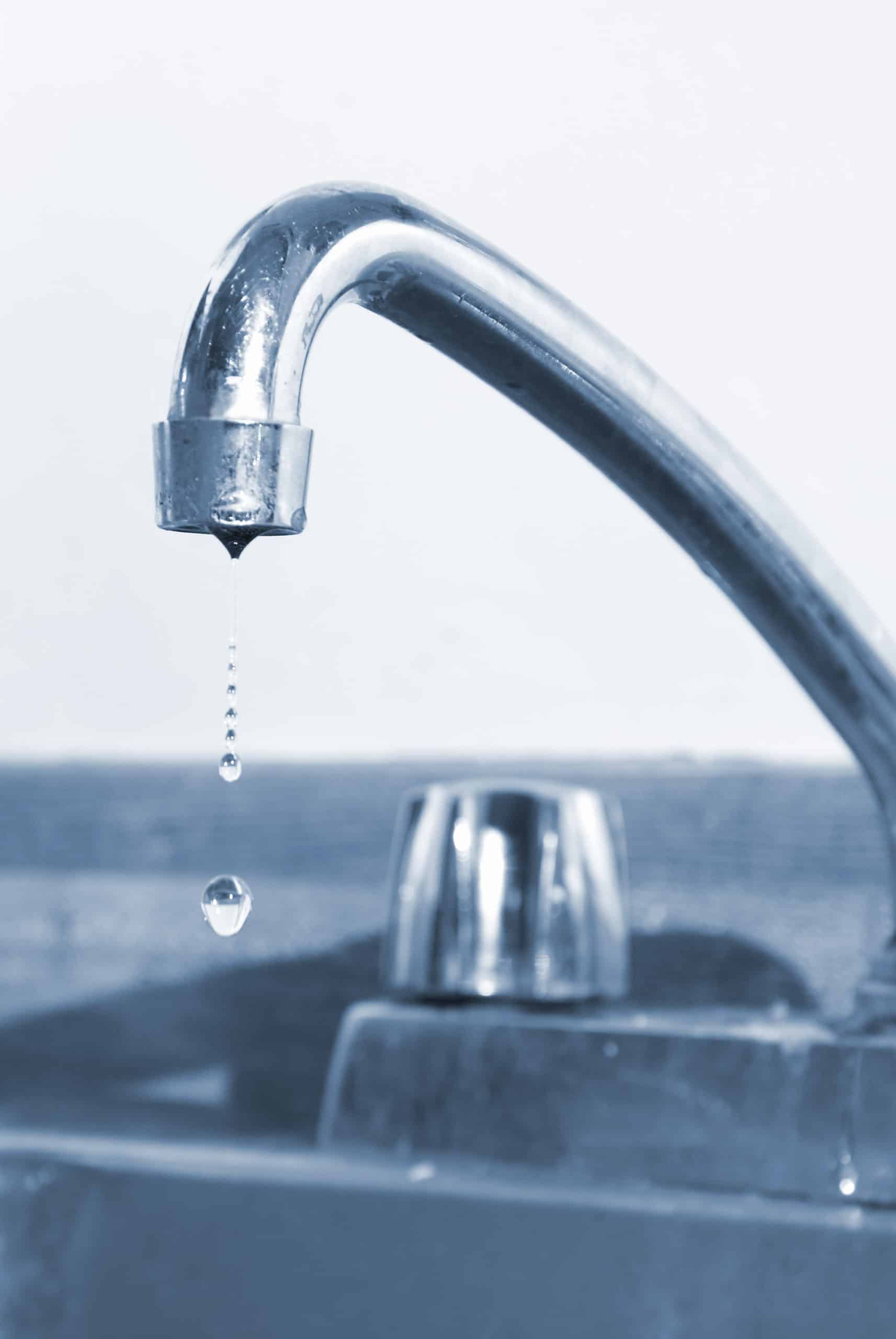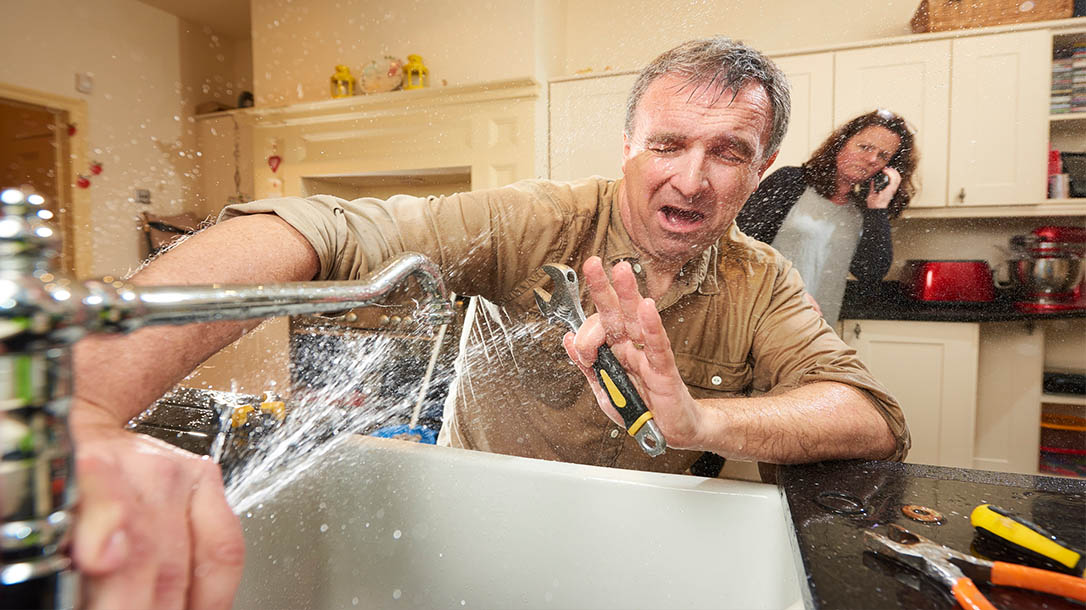Your Factors Behind Resolving a Faulty Faucet
Your Factors Behind Resolving a Faulty Faucet
Blog Article
What are your thoughts about Should I Repair or Replace a Leaky Faucet??

Dripping faucets could appear like a minor inconvenience, but their impact exceeds simply the nuisance of the audio. From drainage to incurring unnecessary economic prices and health risks, ignoring a dripping tap can lead to numerous consequences. In this post, we'll look into why it's crucial to resolve this common house concern without delay and successfully.
Wastefulness of Water
Environmental Effect
Leaking taps add dramatically to water wastage. According to the Epa (EPA), a solitary faucet dripping at one drip per secondly can throw away more than 3,000 gallons of water each year. This not only strains water sources however also impacts ecosystems and wild animals dependent on them.
Financial Expenses
Enhanced Water Bills
Past the environmental impact, trickling taps can inflate water costs significantly. The accumulated wastage over time translates right into greater utility expenditures, which could have been prevented with prompt repair services.
Potential Property Damages
In addition, prolonged leaking can bring about damage to components and surfaces bordering the tap. Water buildup can trigger discoloration, corrosion, and also structural problems if left unattended, causing additional repair service expenses.
Health Issues
Mold And Mildew and Mildew Development
The continuous visibility of moisture from a leaking faucet creates an ideal atmosphere for mold and mildew and mold development. These fungi not only endanger interior air quality yet additionally present health and wellness threats, particularly for individuals with breathing conditions or allergic reactions.
Waterborne Diseases
Stationary water in leaking taps can become a breeding place for microorganisms and various other pathogens, enhancing the threat of waterborne conditions. Pollutants such as Legionella microorganisms thrive in stagnant water, potentially leading to significant health problems when ingested or breathed in.
DIY vs. Expert Repair service
Advantages and disadvantages of Do It Yourself Repair
While some might try to fix a leaking faucet themselves, DIY repairs include their very own set of challenges. Without proper expertise and tools, do it yourself efforts can exacerbate the problem or cause incomplete repairs, prolonging the problem.
Benefits of Working With a Specialist Plumber
Working with a specialist plumber makes sure that the underlying source of the leaking tap is attended to successfully. Plumbing professionals have the proficiency and equipment to detect and repair faucet concerns effectively, conserving time and minimizing the danger of additional damages.
Step-by-Step Guide to Taking Care Of a Dripping Tap
Tools Needed
Prior to trying to deal with a dripping faucet, collect the required devices, consisting of a flexible wrench, screwdrivers, replacement components (such as washing machines or cartridges), and plumber's tape.
Typical Tap Issues and Their Solutions
Determine the type of faucet and the details problem triggering the drip. Common issues consist of worn-out washing machines, corroded shutoff seats, or malfunctioning O-rings. Describe producer directions or on the internet tutorials for step-by-step assistance on repair work.
Safety nets
Normal Upkeep Tips
To stop dripping taps, perform regular upkeep such as cleaning up aerators, checking for leakages, and changing damaged components immediately. Additionally, take into consideration installing water-saving gadgets or updating to much more efficient fixtures.
Significance of Prompt Fixes
Attending to trickling faucets as soon as they're discovered stops further water wastage and possible damage, ultimately saving both water and cash in the long run.
Effect On Building Value
Assumption of Well-Maintained Home
Preserving a residential or commercial property in good condition, including addressing maintenance concerns like dripping faucets, boosts its perceived value and value amongst possible buyers or occupants.
Influence on Resale Worth
Properties with properly maintained plumbing components, including faucets, command greater resale values in the real estate market. Resolving trickling taps can contribute to a positive perception during residential or commercial property evaluations and settlements.
Ecological Duty
Private Contribution to Conservation
Taking obligation for taking care of trickling taps straightens with wider efforts toward water preservation and environmental sustainability. Every person's activities collectively make a considerable impact on protecting valuable sources.
Sustainable Living Practices
By focusing on prompt fixings and adopting water-saving behaviors, people contribute to lasting living methods that benefit both existing and future generations.
Final thought
Dealing with a leaking faucet goes beyond simple comfort; it's a necessary action toward saving water, minimizing economic prices, and guarding health and building. Whether via do it yourself fixings or specialist help, acting to deal with leaking faucets is a small yet impactful means to promote accountable stewardship of resources and contribute to a much healthier, extra sustainable future.
How to Fix a Dripping or Leaky Faucet
A leaking faucet is one of the most common problems that homeowners encounter, but it being commonplace doesn’t make it any less annoying. The constant drip drip drip of a leaking bathtub faucet, showerhead, or sink tap can disturb your home’s serenity. Left neglected, a dripping faucet can also result in higher water bills and discoloration or mold growth in your sink or plumbing fixtures.
Fortunately, you don’t have to be a trained plumber to know how to stop a dripping faucet. With some basic tools, replacement parts, and a little patience, leaky faucet repair is a breeze. In this article, we’ll explain what causes dripping faucets and how you can fix them.
What Causes a Leaking Faucet?
Kitchen and bathroom faucets come in all manner of designs, but most involve some combination of valves, O-rings, seals, and washers. The O-ring is usually the weakest link, but any one of these pieces can wear down over time. Heat, moisture, temperature fluctuations, minerals, mold, and movement can contribute to warping and corrosion, breaking the watertight seal. This just comes with the territory of being a homeowner. Everything is always subject to wear and tear, and some component parts of your appliances and fixtures need to be replaced on occasion. At least replacement O-rings are cheap!
More rarely, dripping faucets can be a symptom of excessively high water pressure. Were this the case in your home, you would probably notice that the leak is not isolated to one faucet. Water pressure issues are harder to resolve on your own. We recommend contacting a professional plumber if you suspect your water pressure is too high.
How to Fix a Dripping Faucet
Pipe wrench or monkey wrench Allen wrench set Screwdrivers Old towel or rag Shut off the water.
Before you do anything, you need to turn off the water to keep from drenching your kitchen or bathroom. You should find a valve under the sink and against the wall. Once you’ve turned this valve, try turning the faucet on to confirm that the water source has been cut off.
If you can’t locate your local valve for the faucet you’re working on, you can always shut off the water to the house at the main valve. Of course, this will prohibit anyone from using the sinks, showers, or toilets while you’re working on the faucet that’s giving you trouble.
Plug or block the drain.
You’ll be disassembling the faucet and removing some small bits of hardware. Plug the drain with a stopper or rag to avoid the possibility of a small screw falling into your P-trap.
Take apart the faucet assembly.
There are several varieties of kitchen and bathroom faucets, each with its own manner of assembly. For detailed instructions on how to disassemble your faucet, you can refer to the fixture’s manual or contact the manufacturer. If you know whether you have a ball, disc, cartridge, or compression faucet, you can find detailed schematics online.
In general, you need to begin by removing the faucet handles. You might notice a small screw that you’ll need to remove with a screwdriver or Allen wrench. If you don’t see any visible securing hardware, it’s likely hidden under a decorative cap that can be unscrewed or popped off with flathead screwdriver.
Remove each piece methodically, consulting a schematic when necessary. Take notes or arrange the pieces in such a way to make it easier to correctly reassemble the faucet later.
Remove the cartridge.
Once you’ve removed the handles and securing hardware, you should be able to remove the valve cartridge or stem. Some cartridges will slide right out. Other faucet models will require you to loosen a nut with a pipe wrench before you can remove the valve stem.
Examine the exposed hardware.
With the cartridge or stem removed, inspect the component parts. Check the rubber O-rings for wear and tear. Also examine the seat washer for corrosion or other damage. These pieces are usually the responsible parties for a dripping faucet, but it’s worth inspecting the other component parts while you have the faucet disassembled.
Find replacement parts.
Once you’ve identified which faucet component has failed, find an identical replacement. Your local hardware store should have O-rings, seat washers, and other standard components in stock. If you have a luxury or uncommon faucet, you may have to contact the manufacturer for a replacement part.
It’s a good idea to take your old parts with you to the hardware store so you can compare them with the store’s inventory and be sure you’re purchasing the correct replacement.
Reassemble the faucet.
With your new parts in hand, reconstruct the faucet and handles. Don’t be tempted to overtighten screws or nuts. You might think this could create a better seal, but it can instead damage or bend a delicate part of the assembly and create a new problem for you.
Turn on the water and test the faucet.
The only thing left to do is test your work. Unplug the sink, turn the water back on, and try the faucet. Congratulate yourself on a job well done!
https://www.libertyhomeguard.com/how-to-fix-a-dripping-or-leaky-faucet/

We hope you liked our topic about 4 Common Reasons for a Leaky Faucet. Thank you so much for taking a few minutes to read through our blog post. Are you aware of someone else who is curious about How to Fix a Dripping or Leaky Faucet ? Take a moment to promote it. Thanks a lot for being here. Return soon.
Report this page